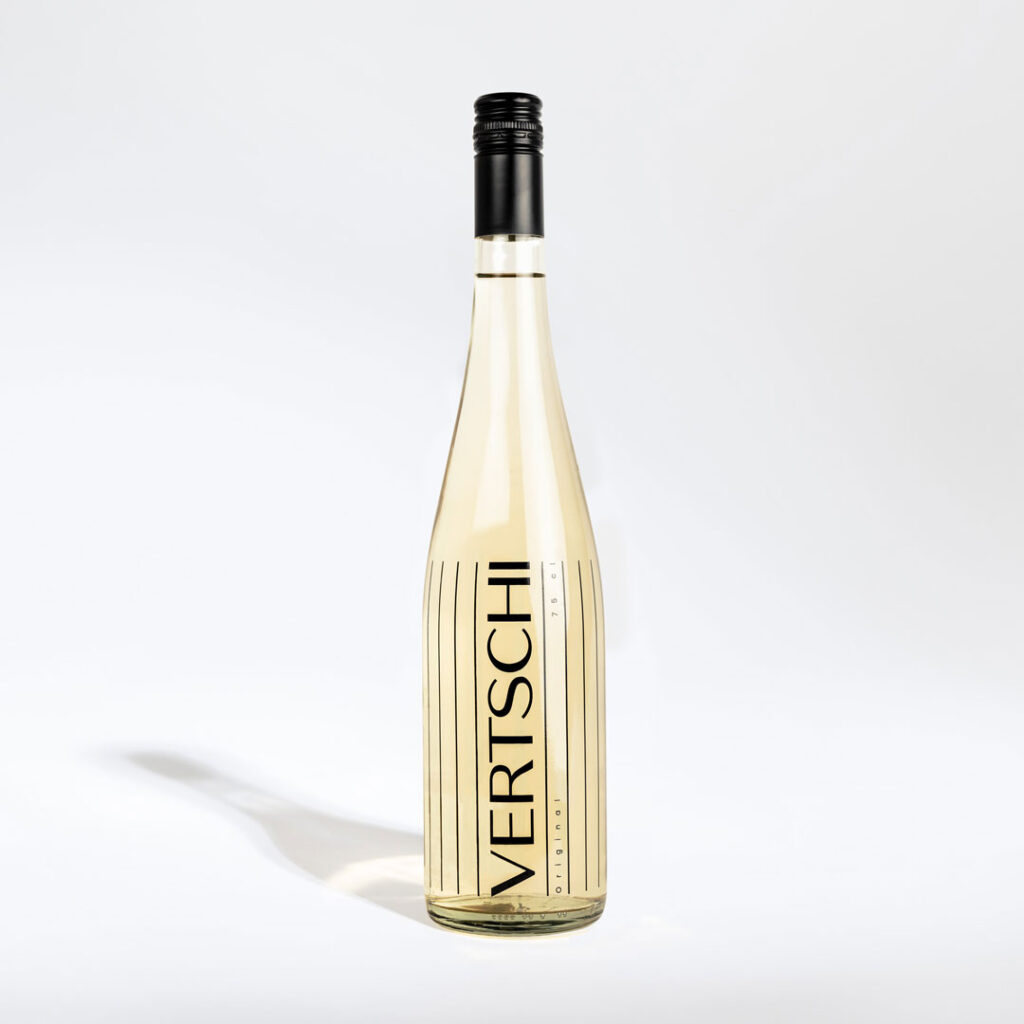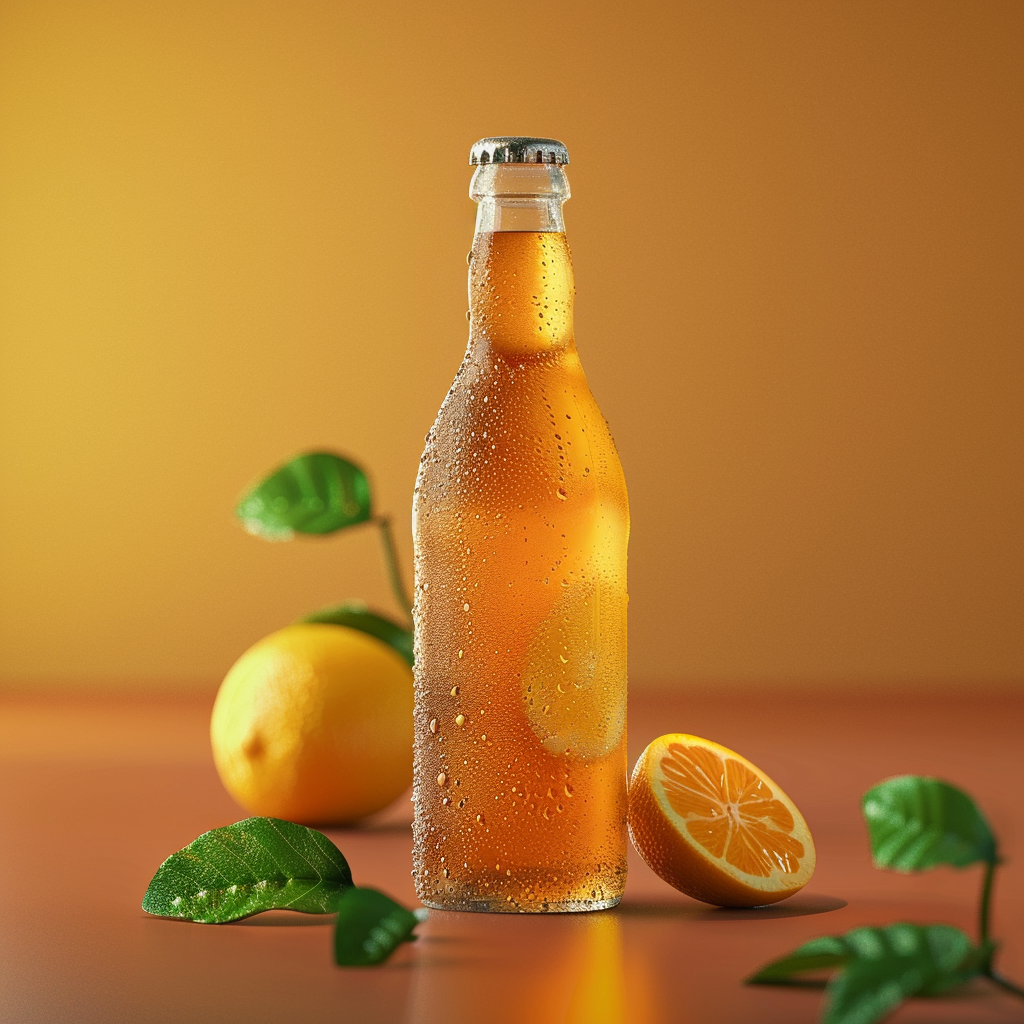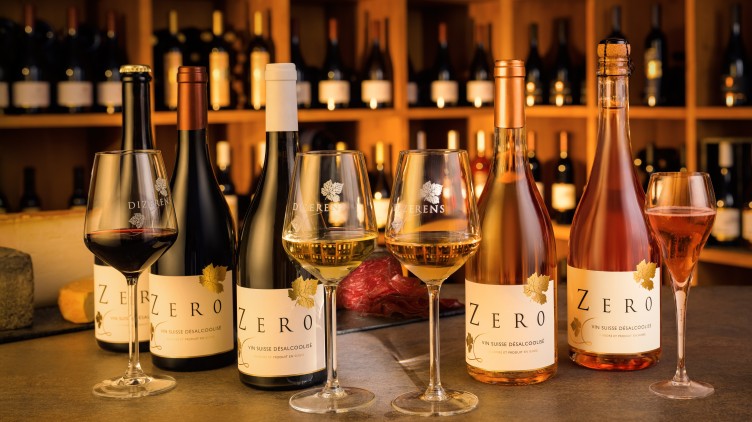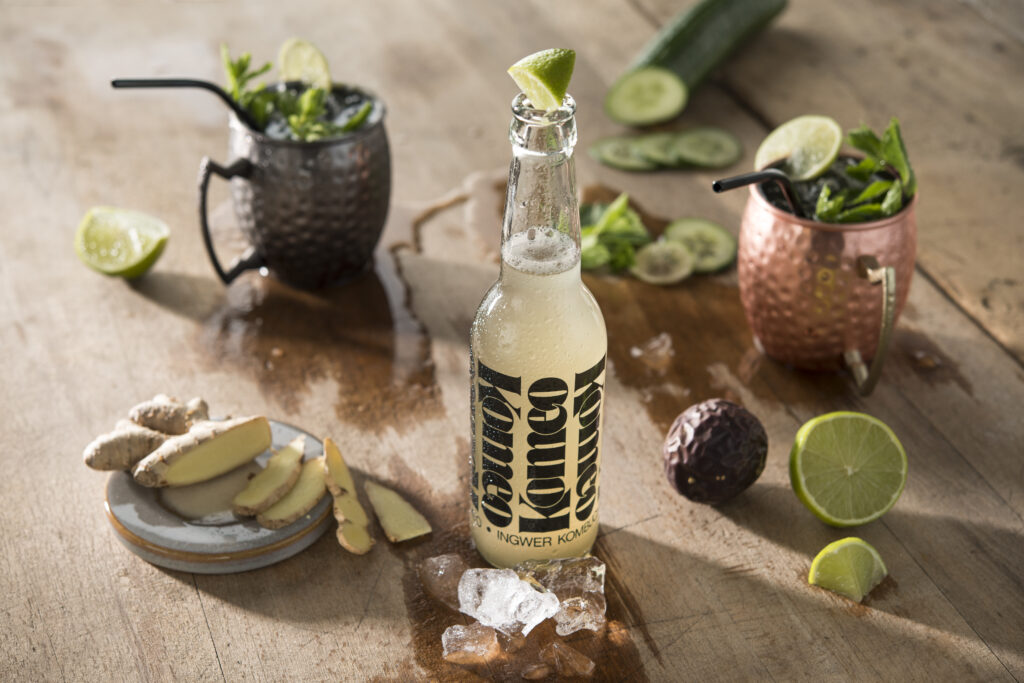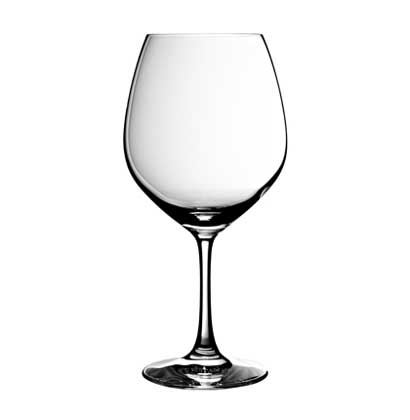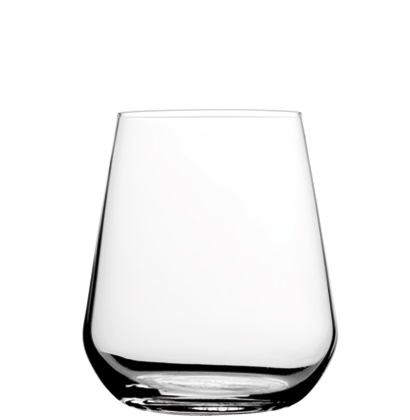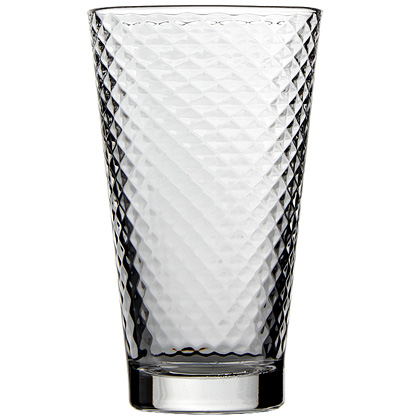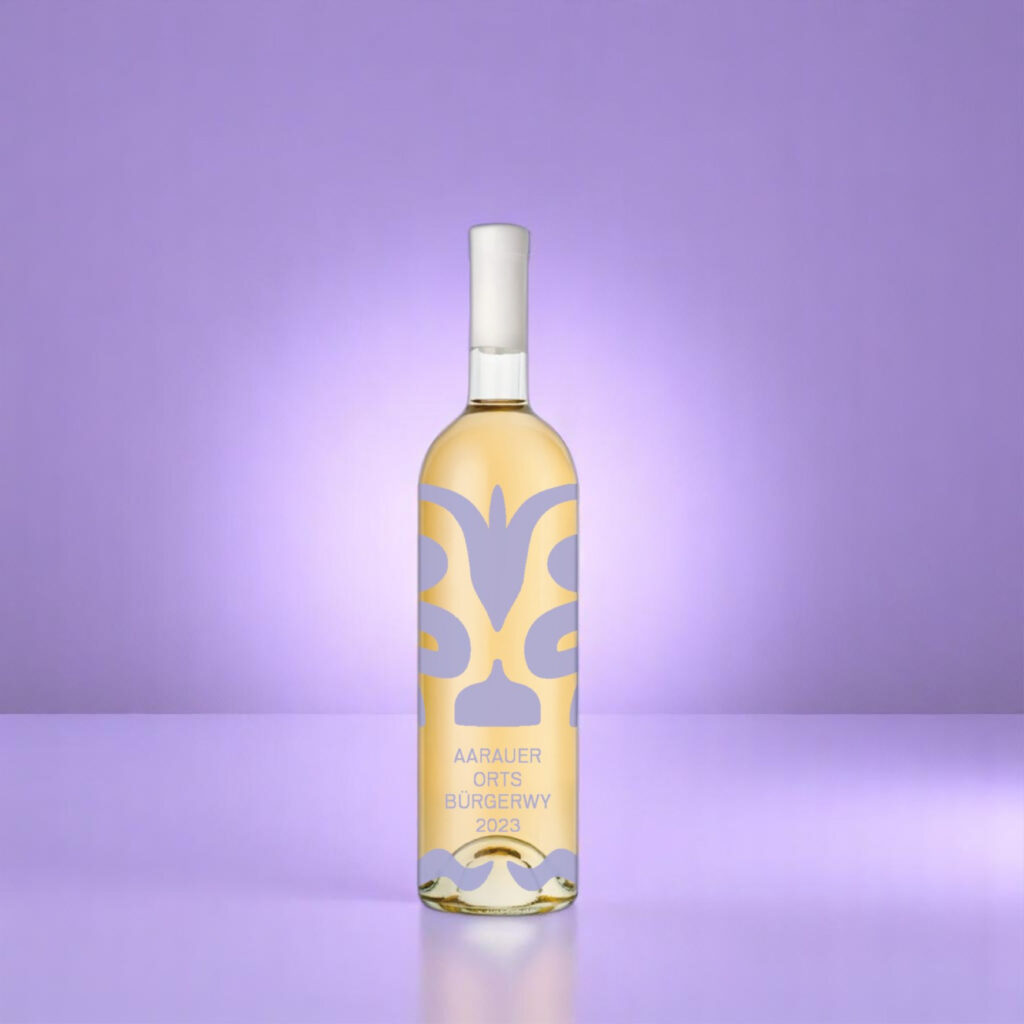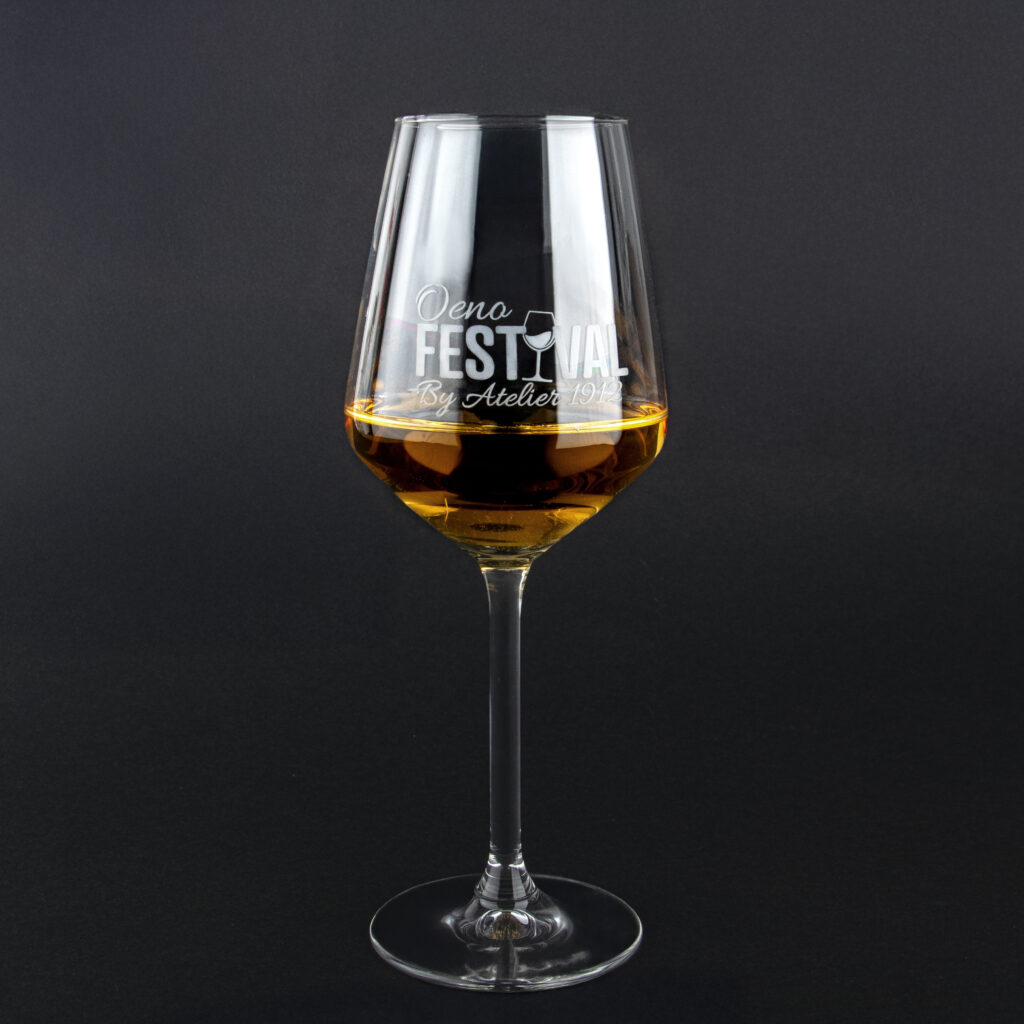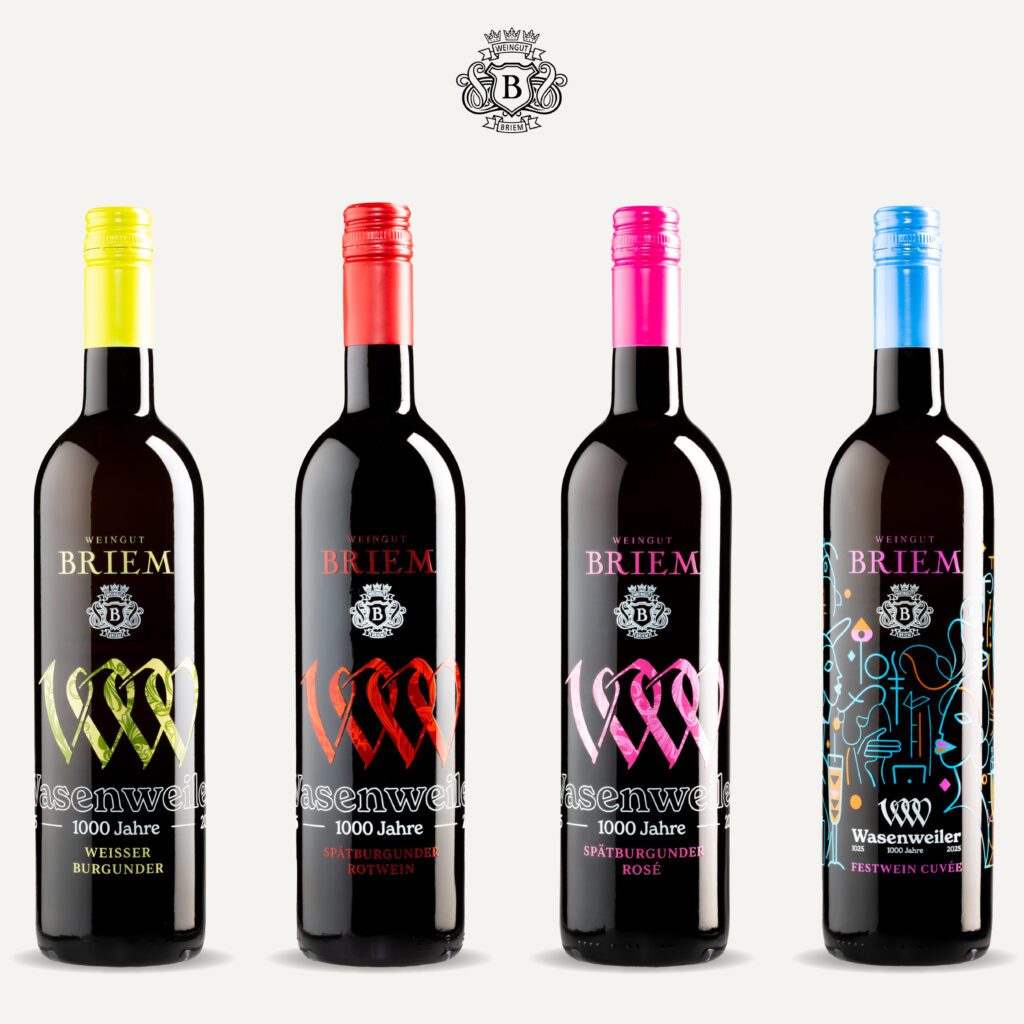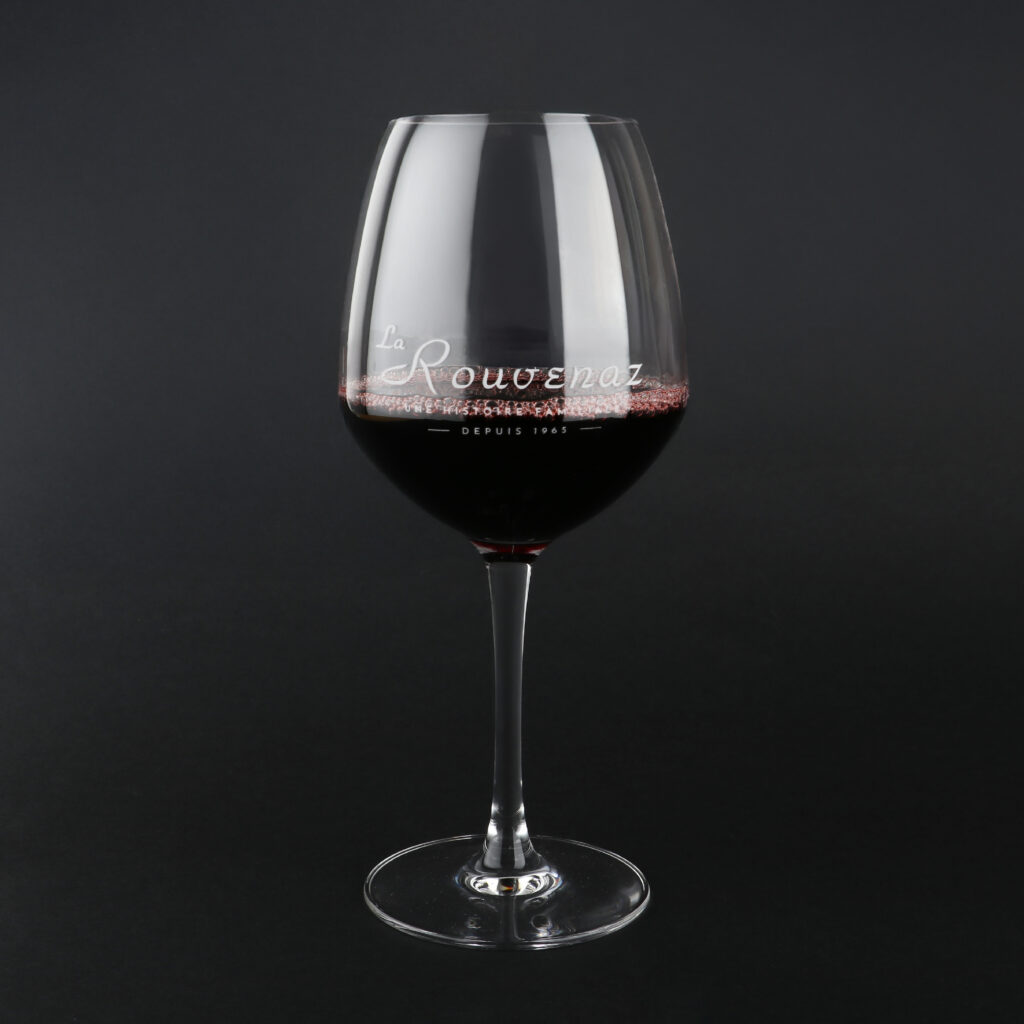In recent years, non-alcoholic drinks have become increasingly popular. Changing drinking habits and the desire to reduce alcohol consumption are prompting consumers to turn to healthier alternatives. But the question remains: are these drinks better differentiated from alcoholic drinks, or should they retain the same codes, particularly in terms of containers ?
Why do some non-alcoholic drinks adopt the codes of alcoholic drinks?
It is common to see non-alcoholic drinks, such as non-alcoholic beers or non-alcoholic wines, using packaging similar to their alcoholic versions. There are several reasons for this:
- Preservation of consumer references: Consumers have well-established habits, and a product presented in a familiar container makes it easier for them to adopt it.
- Image and positioning: A bottle of beer or wine is often associated with a convivial or festive occasion. Non-alcoholic beverages that take up these codes can be a natural part of these moments, without the feeling of ‘missing out’.
- The psychological effect: Drinking from a traditional container (such as a beer bottle) can enhance consumer pleasure and satisfaction.
The example of kombucha: between tradition and modernity
Kombucha, a naturally fizzy fermented drink, is a perfect illustration of this debate.
Why is kombucha often sold in beer bottles?
- Elegant and familiar presentation: Beer bottles, often made of glass, offer an artisanal look that fits in well with the image of kombucha as a natural, trendy drink.
- Practicality of format: The glass bottle format is practical for storage and emphasises the ‘top-of-the-range’ side of the product.
- Targeted consumers: By adopting containers similar to those used for craft beers, kombucha attracts an adult clientele looking for a healthy alternative to alcoholic beverages.
Risks of this strategy
However, while there are advantages to this similarity, there are also risks:
- Consumer confusion: Some people may be disappointed if they expect an alcoholic drink.
- Dependence on existing codes: By adopting the same codes, non-alcoholic drinks run the risk of not creating their own identity on the market.
Differentiation: an alternative worth considering?
Some market players are choosing to stand out from the crowd by adopting unique containers, specifically designed for non-alcoholic drinks. There are several advantages to this strategy:
- Innovation and a strong identity: Original packaging creates a unique brand image.
- Visual appeal: Consumers, especially the younger generation, are attracted by aesthetically pleasing, innovative products.
- Affirmation of a new category: By clearly differentiating themselves, non-alcoholic beverages assert themselves as an alternative in their own right, and not simply as a substitute.
Alcohol-free wine: a fast-growing alternative
Non-alcoholic wine is another interesting example of the positioning challenges facing traditional alcoholic beverages. At present, most alcohol-free wines on the market are presented in traditional containers, using the codes of classic wine with elegant bottles and neat labels. This strategy appeals to wine lovers looking to reduce their alcohol consumption while retaining the ritual and aesthetics associated with wine tasting.
These classic containers, such as Burgundy or Bordeaux-style bottles, provide visual continuity and reinforce the idea of a quality product, close to its alcoholic counterpart. They also help to legitimise non-alcoholic wine as a genuine alternative for festive occasions and social occasions. What’s more, this approach reassures consumers who are used to these codes, making it easier for them to adopt the product.
However, this loyalty to traditional containers may also limit the opportunity to reinvent the non-alcoholic wine category. By relying solely on classic formats, brands run the risk of not fully appealing to a younger audience or one looking for something new. This raises the question of how to strike the right balance between tradition and innovation, so as to continue to meet the varied expectations of this fast-growing market.
Our customers’ projects: when traditional bottles come into their own
Some of our customers have chosen to use traditional bottles for their non-alcoholic drinks, with convincing results.
J&M Dizerens
J&M Dizerens wines have opted for classic Burgundy bottles to bottle their dealcoholised wine. This strategic choice allows them to retain the elegant and authentic image associated with traditional wine, while offering a quality alcohol-free alternative. Their approach has been a resounding success, proving that consumers appreciate the visual continuity and familiarity of the containers when choosing a non-alcoholic wine.
Komeo Kombucha
KOMEO, specialists in the creation and development of modern beverages, are offering an innovative and accessible kombucha, using glass beer bottles. This choice reflects their vision: to offer a unique sensory experience by combining tradition and modernity. With its sleek design and dynamic typography, KOMEO Kombucha is a healthy, trendy alternative that meets the expectations of modern consumers in search of well-being and gustatory pleasure.
Vertschi
Verjuice, an ancient ingredient extracted from green grapes, is enjoying a real renaissance thanks to innovative brands like Vertschi. With its award-winning modern design and elegant bottles, Vertschi is setting the standard for the No & Low alcohol trend. This Swiss drink offers a refined and refreshing sensory experience, while sublimating the authenticity of verjuice. Presented in an elegant, transparent Rhenish glass bottle, it retains its classic codes while displaying an assertive modernity thanks to its visual appeal.
